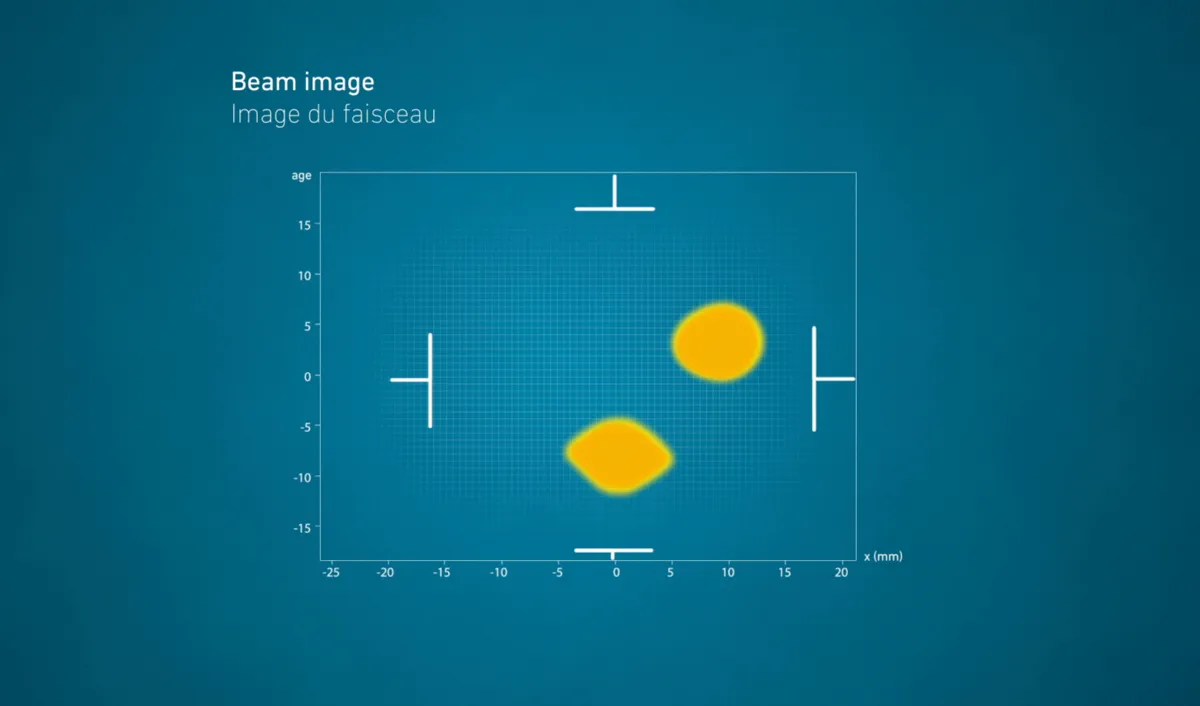After three years of shutdown for maintenance work and upgrades, the Large Hadron Collider (LHC) has been restarted by CERN today to continue scientists' search for physics' biggest mysteries. The LHC will look for new information about the Higgs boson, further our understanding of the Big Bang and seek an explanation for dark matter.
The LHC was switched off in 2018 for its second Long Shutdown (LS2), planned downtime in which scientists can make improvements and check the safety of the accelerator.
At 12:16 CEST (11:16 BST) on 22 April 2022, physicists sent two beams of protons in opposite directions around the LHC. The beams had an injection energy of 450 billion electronvolts – but the long-term aim for this third run of the accelerator is to reach a never-before-achieved 13.6 trillion electronvolts.
“These beams circulated at injection energy and contained a relatively small number of protons. High-intensity, high-energy collisions are a couple of months away,” says the Head of CERN’s Beams department, Rhodri Jones. “But first beams represent the successful restart of the accelerator after all the hard work of the long shutdown.”

Now, scientists will need to work to recommission the machine in its entirety, increasing the energy and intensity of each experiment until collisions reach their goal.
The third run has big shoes to fill. Run 1, starting in 2009 and ending in 2013, saw the discovery of the Higgs Boson. Following the first shutdown, Run 2 (2015-18) revealed the masses for the Higgs boson, top quark and W boson at great precisions.
Over the next few years, scientists from around the world will be able to run new experiments at LHC. The number of collisions expected to run will be unprecedented. The ATLAS and CMS particle detectors will see more action than in Run 1 and Run 2 combined. The investigation into matter and antimatter will continue with the Large Hadron Collider beauty (LHCb) experiment seeing three times as many collisions as before.
Read more about CERN experiments:
